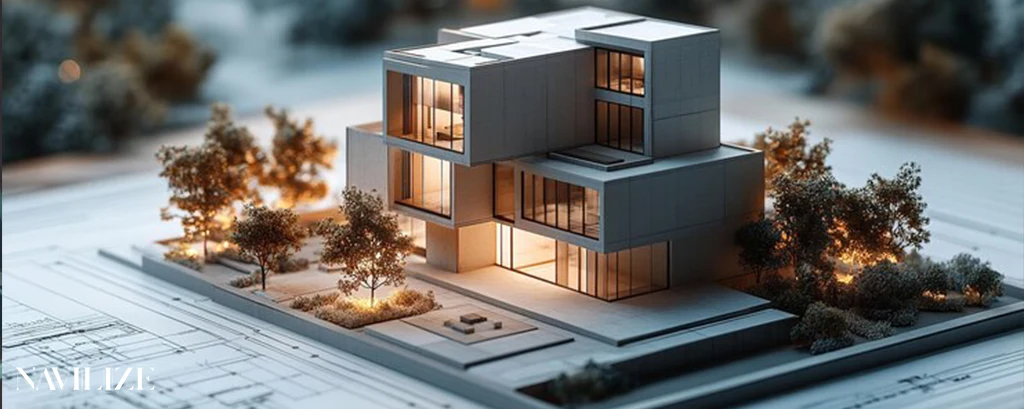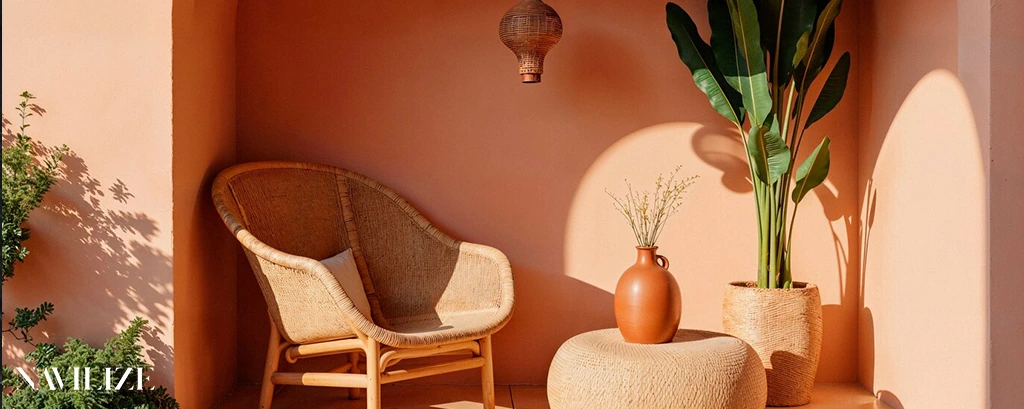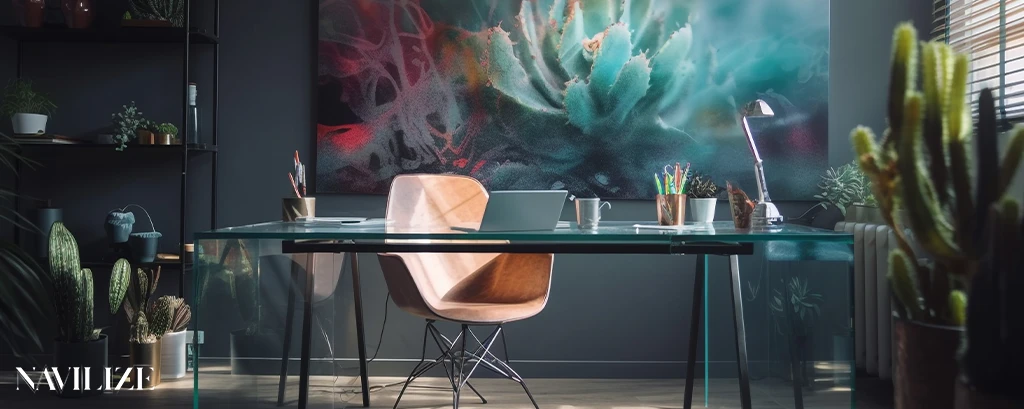Using a rug in your dining room can elevate the aesthetic appeal by adding texture, color, and a sense of coziness. It helps visually anchor the table and chairs, making the space feel more intentional. However, it also comes with maintenance concerns. Spills and crumbs are common in dining areas, and rugs can trap dirt, making cleaning more frequent and challenging. The right rug should be low-pile, easy to clean, and large enough so that chairs remain on the rug even when pulled out. If chosen wisely, a rug can enhance both comfort and design without sacrificing practicality.
How Rugs Define the Dining Space
Rugs play a vital role in open-plan homes by clearly defining the dining area from surrounding spaces. By framing the table and chairs, they create a visual boundary that enhances structure and flow in the overall layout. This is especially useful in modern homes where dining, kitchen, and living zones often blend. A well-chosen rug brings balance, color harmony, and texture underfoot, while also softening the acoustics. When coordinated with other interior elements, it can unify the design. Explore more in our Residential Interior Design services.
Choosing the Right Rug Shape and Size
When selecting a rug for your dining room, shape and size matter just as much as color or texture. A rug should complement the table’s shape—round rugs for round tables, rectangular for long tables. The size should be generous enough that chairs remain on the rug even when pulled out, typically extending 24 inches beyond the table’s edge. An undersized rug looks awkward and disrupts the balance of the space. Also, rugs that are too large can overwhelm the room. A well-fitted rug adds structure, enhances flow, and ties the space together. Take exact room and table measurements before making your decision.
Rugs for Round Dining Tables
Round dining tables create a cozy, intimate atmosphere, and the best way to emphasize their shape is with a round rug. A round rug mirrors the curves of the table, reinforcing visual harmony and making the dining area feel cohesive. Ensure the rug is large enough so all chair legs stay on it when seated or moved back—ideally 24 inches beyond the table’s edge. Choose low-pile or flat-weave rugs for easier chair movement. Soft textures, circular symmetry, and complementary colors work together to elevate both form and function in your dining room design.
Rugs for Rectangular or Oval Tables
Rectangular and oval dining tables are best paired with rugs that follow their elongated shape. A rectangular rug should extend well beyond the table edges—typically 24 inches on all sides—to accommodate chair movement and maintain visual balance. Symmetry is key: the rug should be centered with the table and aligned with the room’s layout. Choose a flat or low-pile rug to ease chair sliding and prevent tripping. The continuity of lines between table and rug helps define the dining space while reinforcing its structure within an open floor plan. Texture and tone should also match your overall interior style.
Best Rug Patterns and Materials for Dining Areas
The best rugs for dining rooms combine beauty with practicality. Flat-weave, low-pile rugs are ideal for ease of cleaning and chair movement. When it comes to pattern, consider designs that camouflage crumbs and stains, like abstract prints, geometric patterns, or small-scale florals. Natural fibers like wool are durable and stain-resistant, while synthetic materials like polypropylene offer easy maintenance at a lower cost. Avoid shag or high-pile rugs—they trap dirt and are difficult to clean. Opt for a color that coordinates with the room but won’t show every mark. Durability and style should go hand in hand.
Rug Mistakes to Avoid in Interior Design
One of the biggest rug mistakes in dining areas is choosing the wrong size. A rug that’s too small creates visual imbalance and causes chairs to catch on the edges. High-pile or overly textured rugs are another common error—they make moving chairs difficult and trap crumbs. Skipping a rug pad can also lead to slipping and premature wear. Don’t ignore the room’s style—clashing patterns or colors disrupt the design harmony. Lastly, avoid delicate materials that stain easily; practicality is key in dining zones. A well-chosen rug enhances both functionality and aesthetics without creating maintenance headaches.
Interior Design Services for San Diego Dining Spaces
Transform your dining area into a stylish, functional centerpiece with Navilize’s professional interior design services in San Diego. Whether you’re furnishing a new home or refreshing an existing space, Navilize tailors every element—including the perfect rug—to suit your lifestyle and layout. At Navilize , we consider room dimensions, table size, materials, lighting, and color palettes to craft a cohesive and elegant look. From selecting durable, easy-to-clean rugs to integrating them with furniture and flooring, our experts ensure both comfort and visual impact.






